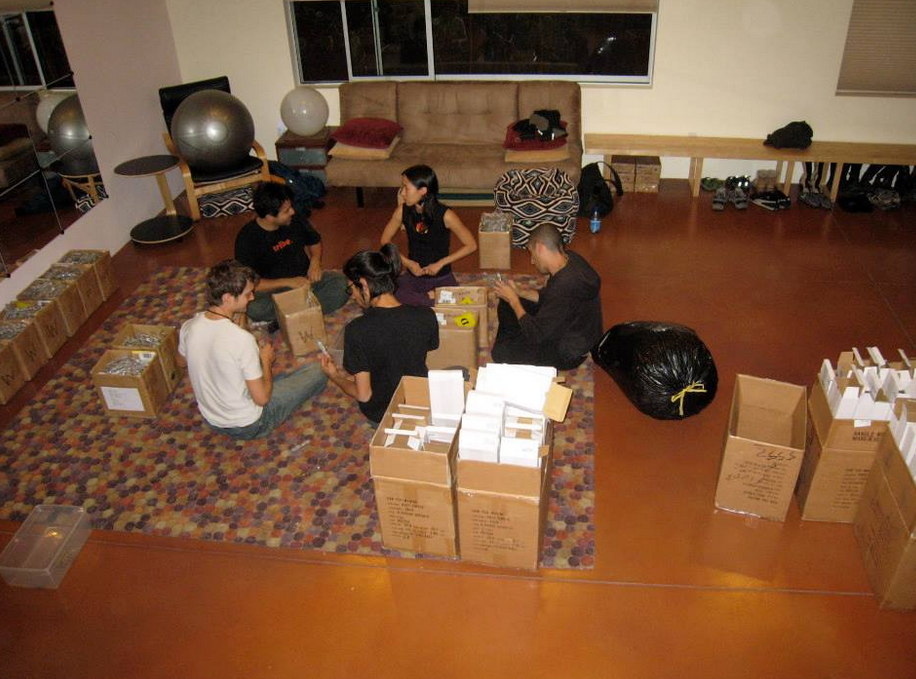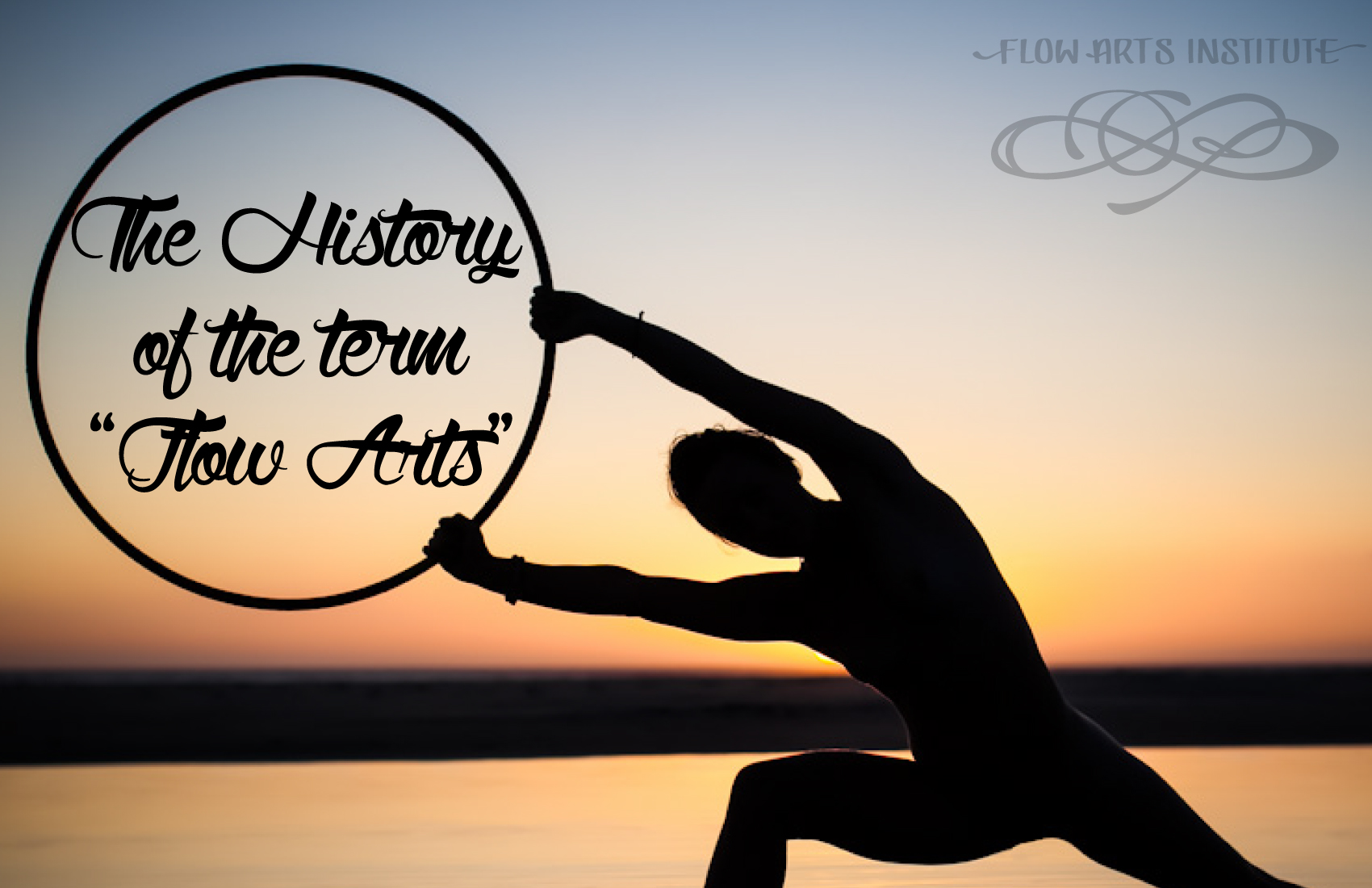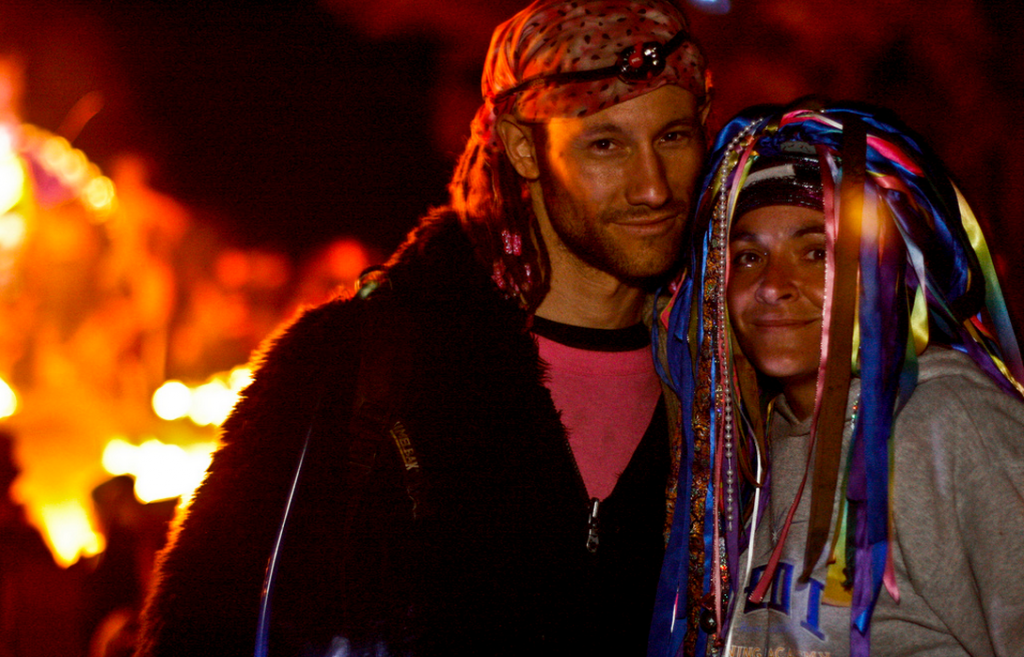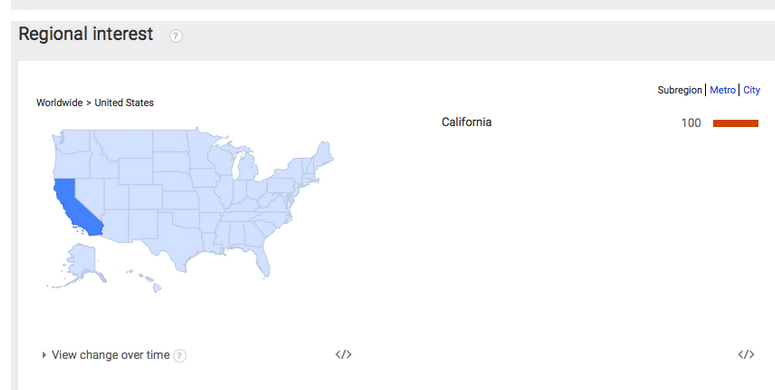If you ask around in the Flow Arts scene, it seems to come down to a small group of people, pre-youtube, who were trying to figure out what to do with their new prop knowledge and how to put it to good use in the world. But first, let’s see how that conversation got started.
“Movements don’t start with a grand convention. They start with just a few people, or maybe just one.” – Rev. Jeffrey Brown #TED2015
Before the Flow Arts term came to be, people were throwing around the word flow and play. There were two distinct things that made this idea solidify. First, people began spinning and rolling objects at raves in hotspots around the world. In 2001 the legendary Drone was a spot in London where jugglers went to enjoy electronic dance music and play with props. Toronto’s rave scene was heavily influenced by London where the spinning was imported. The raves were suppressed in 2002 in it’s wake a fire-spinning crew began to meet at Trinity Bellwoods with the drum circles. The Toronto rave scene influenced the East coast Buffalo, NY and exchanged a lot of ideas with Detroit, Michigan and moved from North to South. To the West Burning Man’s epic effect on all of North America’s underground culture spread the idea of spinning from the south towards the north. The West Coast and more specifically, L.A. & San Francisco in California, Portland in Oregon, Seattle and Bellingham in Washington and all the way up to Vancouver, Canada became hot spots for fire-spinning culture.
Secondly, the internet was exploding, and people were finding each other through network hubs like hoopcity.ca, homeofpoi.com, contactjuggling.org and hooping.org (jugglingdb.com was great for juggling discussions, but discouraged discussions about all forms of new juggling). Also, the social network tribe.net allowed many in the Burning Man circles a place to connect and document their ideas. They created tutorials in .gif formats, downloadable juggling videos and exchanged information on how to build tools for their art.
[fusion_builder_container hundred_percent=”yes” overflow=”visible”][fusion_builder_row][fusion_builder_column type=”1_1″ background_position=”left top” background_color=”” border_size=”” border_color=”” border_style=”solid” spacing=”yes” background_image=”” background_repeat=”no-repeat” padding=”” margin_top=”0px” margin_bottom=”0px” class=”” id=”” animation_type=”” animation_speed=”0.3″ animation_direction=”left” hide_on_mobile=”no” center_content=”no” min_height=”none”]
While the understandings of the human need for play was being discovered and spread through the world by academics like the Mihaly Csikszentmihalyi and the Stuart Brown (and the many psychologists who understand it’s necessity), civilians like us were finding out on their own how incredible the feeling of connecting to your body through flow. They found this through dancing at parties and at Burning Man in the 90’s, and then later, these ideas transferred into Flow Arts and circus cultures during the early 2000’s. Despite juggling already being a well-formed community, the then called the fire-spinning scene was separate and distinct from juggling.
“There is something about the childlike grin on the face of a first time spinner, illuminated by the flames mesmerized by the sound as the flame passes around their body. Luxotica is about sharing the joy and empowerment and belief in yourself as we tackle those things that fall into life’s paths along the way. “
This idea that play and flow could be the answer to spreading creativity, connecting communities and bringing us in line with our true selves was spreading throughout the world. Besides that, back then, fire-spinning was seen as not-skilled to the jugglers, and often rejected as such. It didn’t really matter, the fire-spinning crews had their own thing going on, and began to teach classes. In that, people began using the term flow to describe what they were doing. The first link found in the question Where Does the Term Flow Arts comes from is in 2003 where Isa Glittergirl uses the term Flow to describe her poi classes at Temple of Poi.
The main concept that was new at the time was that normal people could pick up and learn these skills. The feeling was exciting, and on top of these skills, we’d found a community of people to share it with.
“The first time I saw anybody spin fire, I was transfixed and inspired, but it was so far removed from my vision of myself that it didn’t occur to me that I could do it. Subconciously (sic), I thought that Other Kinds of People do crazy circus things like that. Six months later, I went to Burning Man for the first time. I found myself in a supportive, encouraging, inspiring community that helped me break through that myth. I realized that there are no Other Kinds of People. Anybody can do anything.”
Burning Dan on his Yes We Can video
Our Tribe began to take form. Many people began in a cavalcade of ways to create more possibilities for these communities to take hold. In 2003, Nick Woolsey released an epic fire spinning video to his website. He became internet famous and decided to create Play Poi Studios to teach poi to a wider audience. The same year flowtoys was founded further south building props to sell so more people could join in the fun. In 2005, The Play Festival in the UK started running it’s first festival (although I can only find the archive for 2006). It was clear that this play, flow, fun with props idea was taking off, the community was primed and everyone wanted to share their knowledge and skills to spread the joy.
Photo : Play Poi Studios of Nick Woolsey 2005
2005 is where the history gets a bit tricky to nail down. If you ask around the community, nobody is willing to say for sure what happened, or how the conversations went. Yet, there is an agreement. There was a search for a name the suited the intentions behind the idea of dancing with props. This term needed to be easily conveyed to the public. The terms already used weren’t suitable. Spinning was already used for stationary bicycling. The juggling community wasn’t encouraging and their focus on technique didn’t seem to fit. The term manipulation felt too cold hearted and to the general public it had a deceitful connotation (who wants to be known as a manipulator?). The people who were traveling and teaching at the time were having a difficult time with capturing the essence of this playful, flowy, dance with props. There were many discussions about this in 2005 on various back porches in the USA, Beloved Festival, some beaches in Thailand and of course, Burning Man. These conversations were between between specific members of the community at that time, most importantly: Burning Dan, The TeaFaerie, Nick Woolsey, Isa GlitterGirl, Sean von Stade and Prisna Nuengsigkapian of flowtoys, and Alien Jon. The idea of flow was already solidified in the culture before these conversations, but the addition of the word arts, was in part how these movements felt meditative, in relation to Martial Arts. The other part, was needing to encompass the broad form of artistic expression. Prisna says it well:
“The word “arts” has broad appeal and the ability to serve as an umbrella term encompassing lots of different props, styles, types of manipulation [/fusion_builder_column][fusion_builder_column type=”1_1″ background_position=”left top” background_color=”” border_size=”” border_color=”” border_style=”solid” spacing=”yes” background_image=”” background_repeat=”no-repeat” padding=”” margin_top=”0px” margin_bottom=”0px” class=”” id=”” animation_type=”” animation_speed=”0.3″ animation_direction=”left” hide_on_mobile=”no” center_content=”no” min_height=”none”][of objects].”
The term was born!
By 2006, the term began to spread. The first instance on the internet of the term was on Khan’s Blog on Tribe.net
“I’ve invested a lot of time, effort and resources developing performance skills, doing shows, and giving expression to what needed expression with Cosmology. I’ve felt for a long time something I’ve referred to as spiritual in practicing the flow arts, spinning poi in particular.”
Also, 2006 was the year that Greg Maldonado found a space in Oakland, now known as the Vulcan.

Greg, Noel & Elias help with flowtoys. Photo from flowtoys Facebook Page
On the other side of the pond, in London, England, they were having similar conversations about the terms to use for creative, playful and dance styles of prop use. The term manipulation was accepted and the site Ministry of Manipulation was also created in 2006. This site featured the newest and most tech-focused juggling related content coming from the new video sharing platforms called Youtube.
But in California, the term had caught fire. By 2007, google trends picks up 50 searches per month for the new term. Burning Dan begins to spread this term far and wide and his passion inspired many.
2007 is also the year FAI got involved with Fire Drums (FD was founded in 2004), a festival devoted to fire-spinning and one of the only camp-out festivals in North America at the time.
In 2008, Burning Dan and the TeaFaerie found the Flow Temple together, which is a studio in L.A. devoted to teaching the Flow Arts and related ideas to civilians. This Flow Arts devoted studio solidified the term into permanent history.
In October 2010, Burning Dan passed away, and many people continue to use the Flow Arts moniker to remember him and remember the profound inspiration he contributed to this community. Everyone who was involved in playing with props during the 00’s decade, whether you call it manipulation or Flow Arts, was touched by his spirit. His profound contributions are carried through with continuing the term Flow Arts.
We base the term Flow Arts off our previous article, “Definitions of Flow”.A lot of this information was obtained here in a Facebook discussion in the Business for Flow Artists group – Mostly by The Teafaeire and Isa Glittergirl. Prisna and Nick Woolsey also helped me piece together this history through email. THANK YOU.
The rest of the of this history is my own memories and research from the archive.org, tribe.net and home of poi for verification. If you have any other knowledge of how this history was created, please let us know so we can update and correct anything I have incorrect.
[/fusion_builder_column][/fusion_builder_row][/fusion_builder_container]







Comments 2
I lived in The Vulcan in Oakland in 2001. It was already called that long before 2006 so I think perhaps they adopted the name of the community/building they moved into for their troupe name, not the other way around.